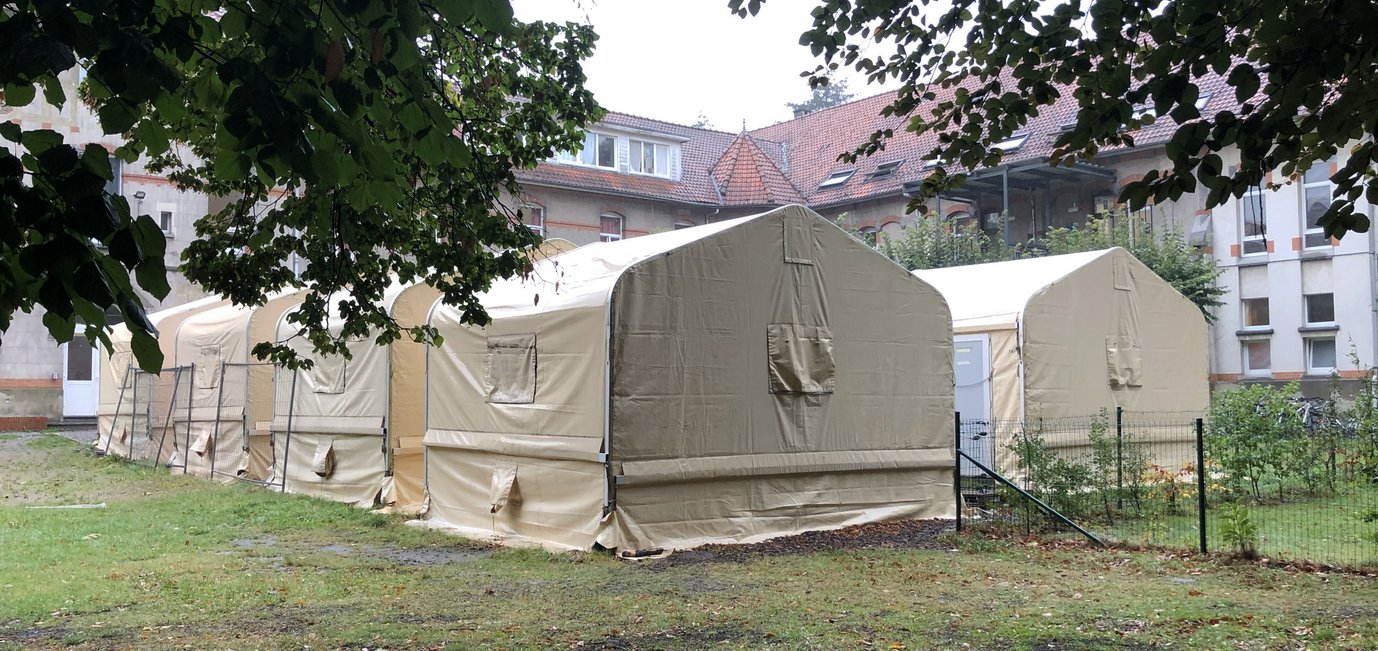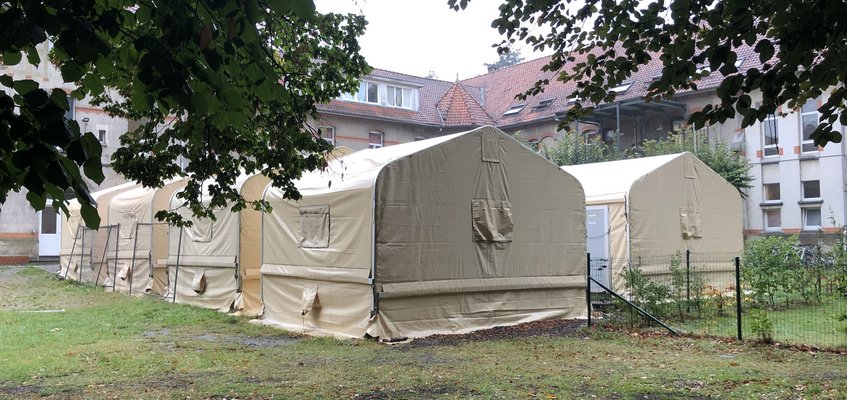Project Description
VULNER - Vulnerabilities Under the Global Protection Regime
How Does the Law Assess, Address, Shape and Produce the Vulnerabilities of the Protection Seekers?

The concept of “vulnerability” is increasingly used as a tool that allows decision-makers to identify migrants in need of special assistance and protection, as exemplified on the international level by the 2018 Global Compact for Safe, Orderly and Regular Migration, which calls for States “to respond to the needs of migrants in situations of vulnerability and address the respective challenges”. At the European level, “vulnerability” has also increasingly been used in the legal and policy instruments of the Common European Asylum System, in the case law of the European Court of Human Rights and the Court of Justice of the European Union as well as domestic courts, and in the resettlement practices of the EU Member States.
VULNER project: Understanding Migrants' Vulnerabilities
https://www.youtube.com/watch?v=-XqhOzWfNb0
Yet, there is no solid understanding of the concrete meanings, practical consequences, and legal implications of “vulnerability”. Meeting this need becomes even more crucial when it is recognized that every migrant is vulnerable to some extent, according to the context, their resources, and intersecting social identities, such as ethnicity, gender, age, and nationality. The focus on the specific needs of certain vulnerable migrants is the result of a policy choice to value some vulnerabilities over others. If not based on scientific data and analyses that provide a clear and non-stereotyped understanding and conceptualization of the vulnerabilities that are actually lived and experienced by migrants, such policy choices run the risk of failing to address vulnerabilities, or exacerbating existing vulnerabilities, or even producing new ones.
In response to this research gap, the VULNER project aims to produce scientific data and analysis to support evidence-based policy-making; the investigation will focus on three main questions:
- How are the “vulnerabilities” of migrants defined in the relevant legislation, case law, policy documents, and administrative guidelines at national, regional, and international levels? Is there a duty to assess vulnerabilities, and how? What are the legal consequences of this?
- How do decision-makers understand the “vulnerabilities” of migrants? How do they address them?
- How do the legal frameworks and implementation practices affect concrete vulnerabilities, as experienced by migrants? How do they adapt their behaviour in turn? What are their coping strategies?
The VULNER project focuses on migrants seeking protection in Europe (Belgium, Germany, Italy, Norway), North America (Canada), the Middle East (Lebanon), and Africa (Uganda and South Africa). For the analysis, two different yet complementary perspectives are adopted. First, investigation will consider the ways that the “vulnerabilities” of the migrants seeking protection are being assessed and addressed by the norms and practices of decision-makers. Second, empirical fieldwork data will shed light on the various forms and nature of the concrete experiences of “vulnerability” as they are lived by the migrants seeking protection, including resilience strategies and how they are being continuously shaped through interaction with the legal frameworks. Ultimately, through this systematic documentation and analysis of legal and empirical data, the very notion of “vulnerability” will be questioned and assessed from a critical perspective.

